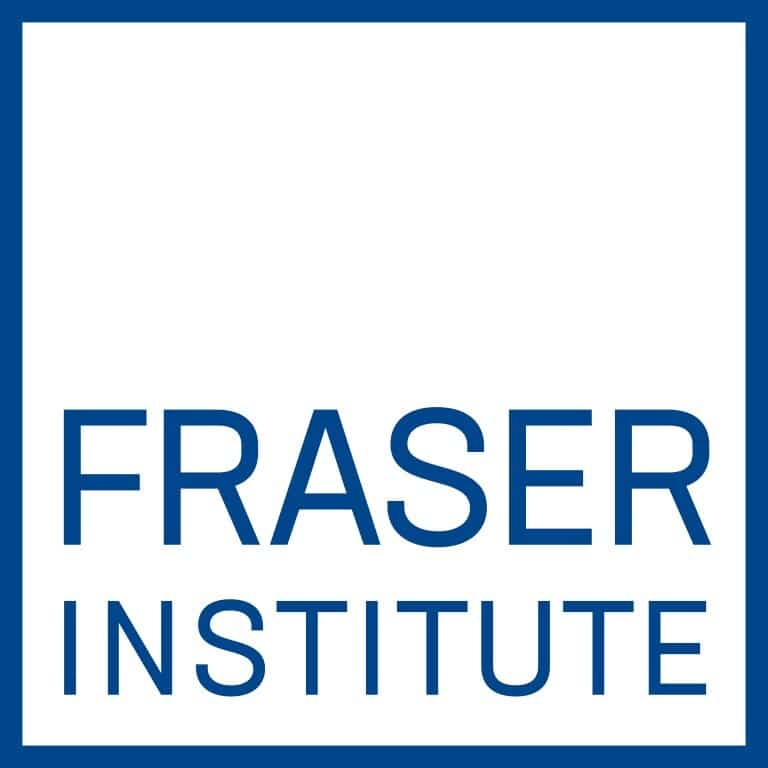Average U.S. tariffs increased from 1.5% to 28%, now comparable to rates in Iran and Sudan

VANCOUVER, BC, Aug. 19, 2025 /CNW/ – The average tariff rate in the United States skyrocketed in 2025 and rivals tariff rates in countries such as Iran and Sudan, finds a new study published today by the Fraser Institute, an independent, non-partisan Canadian public policy think-tank.
“American prosperity was built on a foundation of economic freedom and trade, but thanks to President Trump’s trade war, that prosperity is under threat,” said Matthew D. Mitchell, senior fellow at the Fraser Institute and co-author of U.S. Economic Freedom in a Trade War.
From January 2017, when Donald Trump began his first term as president, to April 2025 the average effective U.S. tariff rate increased from 1.5 per cent to 28 per cent. In July 2025 (the latest month of available data), the average effective U.S. tariff rate was 20.2 per cent. (The average tariff rate—across all goods imported into the U.S.—accounts for exempt items.)
Consequently, the U.S. now has one of the highest tariff rates in the world—alongside countries such as the Sudan (21.6 per cent), Iran (20.1 per cent) and Egypt (19 per cent)—and much higher than countries with the lowest rates including New Zealand (1.9 per cent), Iceland (3.3 per cent), Canada (3.8 per cent) and the United Kingdom (3.9 per cent).
The study also explains how the freedom and flexibility to trade is fundamental to economic prosperity.
In 2023 (the latest year of available data), in the 15 countries with the highest tariff rates, average per-person GDP (an indicator of incomes and living standards) was $9,703 compared to $43,502 for the 15 countries with the lowest tariffs rates.
“Countries that embrace free trade and cooperate with their trading partners help produce widespread prosperity—not only at home, but around the world,” Mitchell said.
Follow the Fraser Institute on Twitter | Like us on Facebook
The Fraser Institute is an independent Canadian public policy research and educational organization with offices in Vancouver, Calgary, Toronto, Halifax, and Montreal and ties to a global network of think-tanks in 87 countries. Its mission is to improve the quality of life for Canadians, their families and future generations by studying, measuring and broadly communicating the effects of government policies, entrepreneurship and choice on their well-being. To protect the Institute’s independence, it does not accept grants from governments or contracts for research. Visit www.fraserinstitute.org
SOURCE The Fraser Institute


